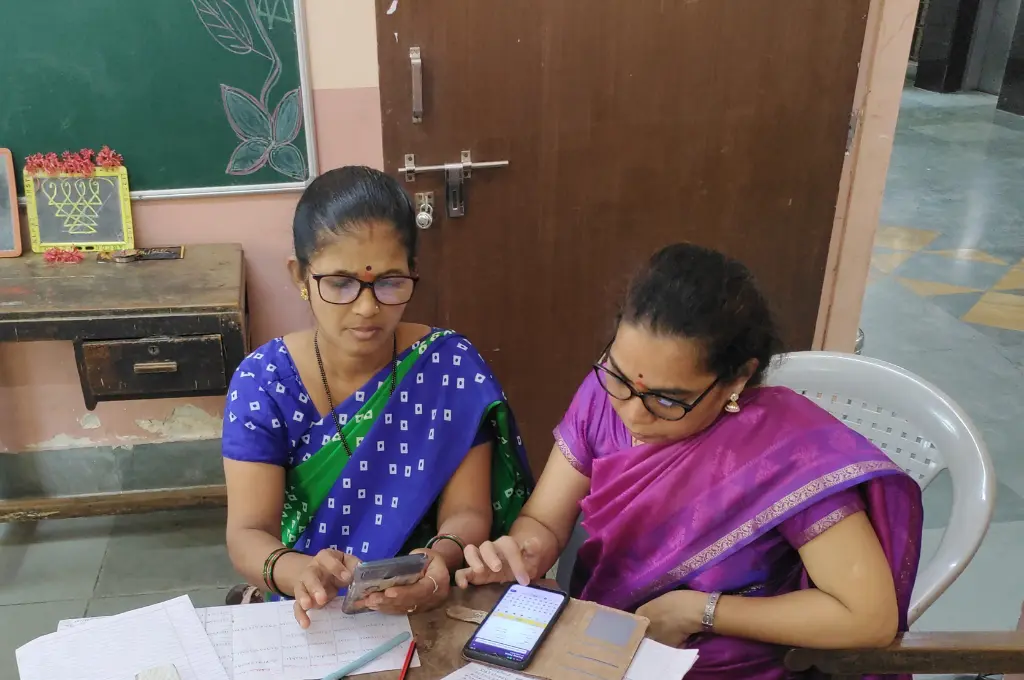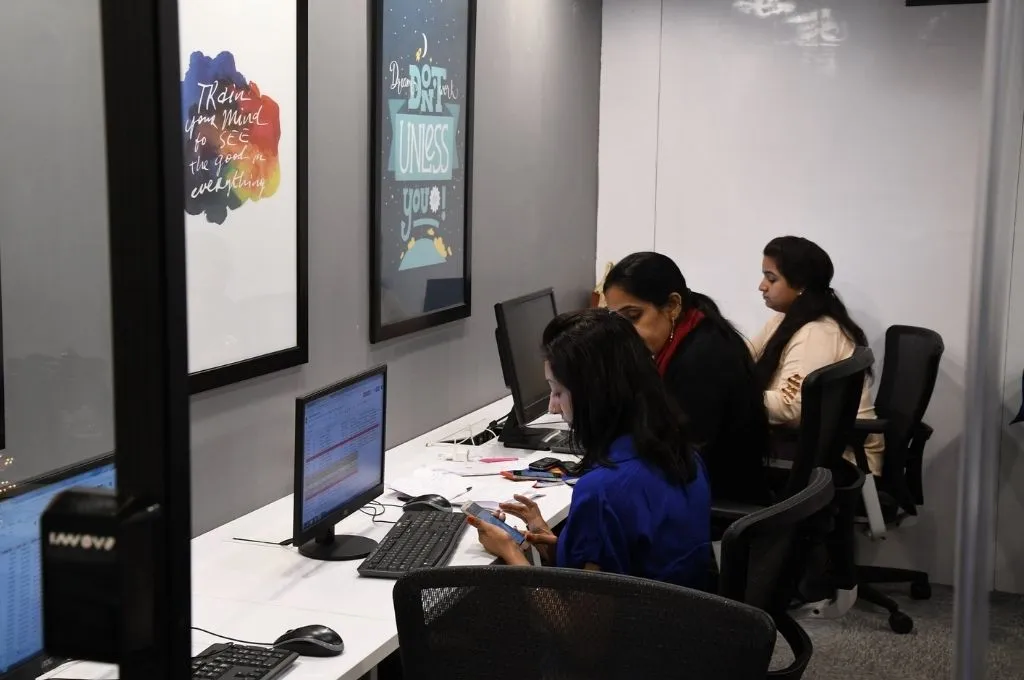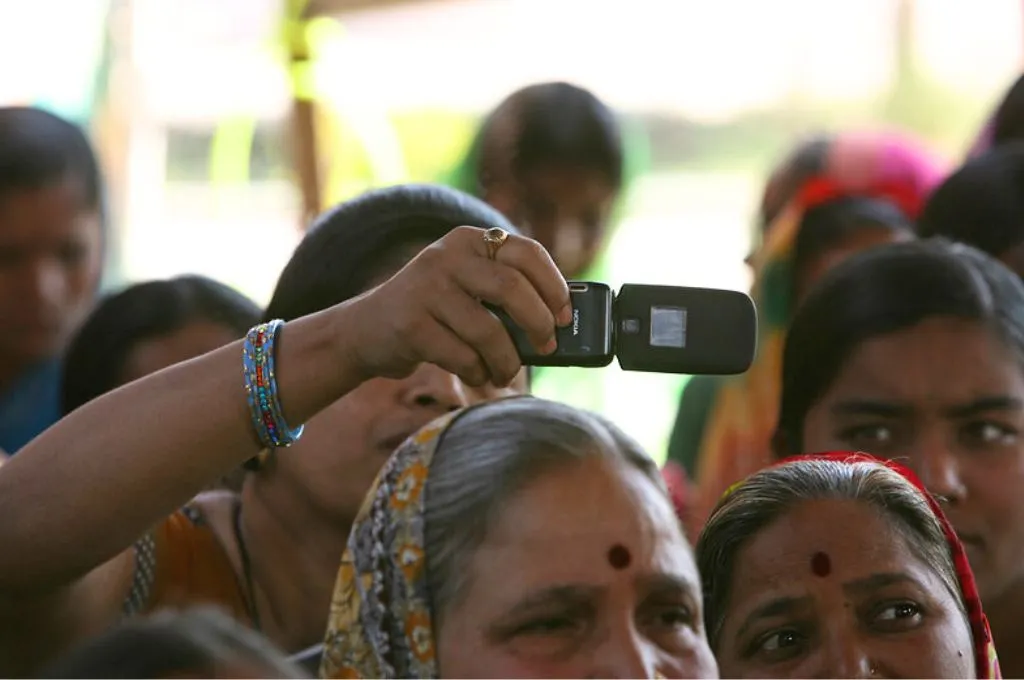For centuries, the mighty rivers of the Northeast have shaped sociocultural and economic identities, and people’s lives have remained intertwined with the rivers. The Lepchas of North Sikkim revere the Rongyong river and depend on it as a water source for their agricultural needs. In Gauripur, Lower Assam, the proximity to the Brahmaputra river inspired the popular Goalparia folk songs and an entire boating industry.
These riverine communities have passed down lore, cultural traditions, music, and oral histories inherited from their ancestors. Embedded in these is a storehouse of knowledge systems relating to the landscape and ecologies in and around the rivers. This knowledge provides relevant, historical insights into the river system itself. The riverine communities also bear witness to shifts in climate patterns given their closeness to the natural world. Architecture, diversity of agriculture, alternative sources of nutrition, trade systems, consumption are all informed by their relationship with the natural world and ability to adapt to extreme weather conditions. In an age of rapid climate change, this knowledge can help us explore sustainable solutions for climate adaptability and resilience, which is the need of the hour.
In 2023, documentary film-maker Debashish Nandi and I started The River Project (TRP) to document these histories and knowledge. TRP is an interactive multimedia archive that is accessible both offline and online. It is a collaborative initiative where film-makers, artists, pastoralists, farmers, and fisherfolk have all come together to create a multilingual record of stories using film, aural accounts, photographs, and children’s picture books. The idea behind the project was that sound and image can help in creating a powerful record of a certain period of time shaped by people’s voices, thus decolonising and presenting an alternative narrative as historical record.
This article shares our learnings from designing the people’s archive, details the participatory process, and elaborates on the challenges that came along the way.
The process of building together
Debashish and I bring our technical expertise in interdisciplinary forms of storytelling, while community members—who are our co-creators—bring their invaluable experience in mentoring us, mapping the rivers, framing the narrative, and identifying and recording the images and sounds. The final stories are collectively agreed on by all of us before being uploaded to the archive.
The process we follow to finalise the stories is constantly evolving as one has to be mindful when collaborating in a space where there is an imbalance of power and privilege. There are no one-size-fits-all templates. Getting to know our co-creators and their families, and being open to sharing our own weaknesses and vulnerabilities so that they can get to know us as people, has resulted in the formation of strong bonds and friendships. This means forgoing the fly-on-the-wall approach that often results in a detachment not unusual during research and documentation.

In addition, the notion of time is not the same for everyone. We slow down and revisit one story again and again, based on community members’ availability, external factors (such as natural disasters and human–wildlife conflict), and our own professional commitments. Sometimes, a story can exist just as recorded footage for an entire year before it even touches the editing table. Once the edits begin, we consult on multiple versions that may require modifications and tweaks, and check in regularly on how the documenter would like the story to progress. Different people have different skill sets, and our documenters keep these strengths in mind while deciding on an approach, be it in conversations, mediums used for filming and recording, or travel.
The bilingual (English and the language spoken by the community) online archive is available as a website, whereas the offline version is an application designed specifically for Android devices. Where necessary, we provide tablets and smartphones. This application is installed on the devices of our co-creators and anyone else from the community who wishes to have it. Currently, it is also installed on a tablet in an installation space at the District Museum in Tezpur, Assam, thus making it available for a larger audience. Other physical versions include museum installations, maps created during workshops, drawings, photographs, and children’s picture books.
About our collaborators
Our collaborators travel across Arunachal Pradesh, Assam, and Sikkim to capture the narratives.
1. The herders between the Siang, Dibang, and Brahmaputra
Dhan Bahadur Pradhan, a buffalo herder on an island on the Dibang river at the border of Assam and Arunachal Pradesh, collects stories on the way of life in the khutis (temporary sheds for herders). Over the course of the year, Dhan Bahadur shoots photographs, audio, and video to document seasonal shifts. This includes islands that disappear under water (sometimes seasonally and at other times permanently), traditional practices, and sounds unique to the landscape that are at risk of vanishing. He also records voiceovers for the stories he finds important, as well as narratives of elders from his community who have now sold their livestock and retired.
Dhan Bahadur spent time travelling with us to chart out the migratory routes along the three rivers in the region—the Siang, Dibang, and Brahmaputra. During his travels, he met with other semi-nomadic herders from the Mising community living on river islands on the Siang in Assam and Arunachal Pradesh to document their stories. And during this documentation process, he introduced them to the offline archive and held discussions with them. Dhan Bahadur regularly visits our office in Tezpur to participate in workshops, showcase his stories in the archive, work on creating children’s picture books in Assamese, and mentor younger storytellers from other communities upstream.
2. New memories for the children in Tezpur
Jeeb Das from Kolibari fishing village in Tezpur, Assam, collects and records the history of his village through photographs and by conducting interviews that Debashish and I film. In his case, the documentation involves collaborating with people from his village—especially women and children—in ways that go beyond the purview of film and photography.
In order to design the workshop, we held preliminary discussions with Jeeb Das focused on understanding the need for such a workshop and the demography of participating children. The intention behind this collaboration was twofold: first, to explore mental well-being and identity through children’s memories via the medium of art, and second, to learn the meaning of access and sense of self in public spaces in and around Tezpur.
The idea was to understand how to facilitate making new memories around the town in places one has never been to. With this in mind, we approached our collaborator, Abhilash Rajkhowa, district museum officer at Sonitpur District Museum, with a proposal to hold the workshop there and take participants on a heritage walk through Tezpur, to museums and places that might otherwise not be accessible to them.
This initiative has become a long-term collaboration between mental well-being practitioners Dr Raviraj Shetty and Dr Aditi Brahmabhatt, The River Project, and the elders of Kolibari; Jeeb Das helps design and co-create the workshops. During these workshops, participants have come together to create, among other things, a map of Tezpur and the Brahmaputra with their memories and everyday stories drawn on to it.
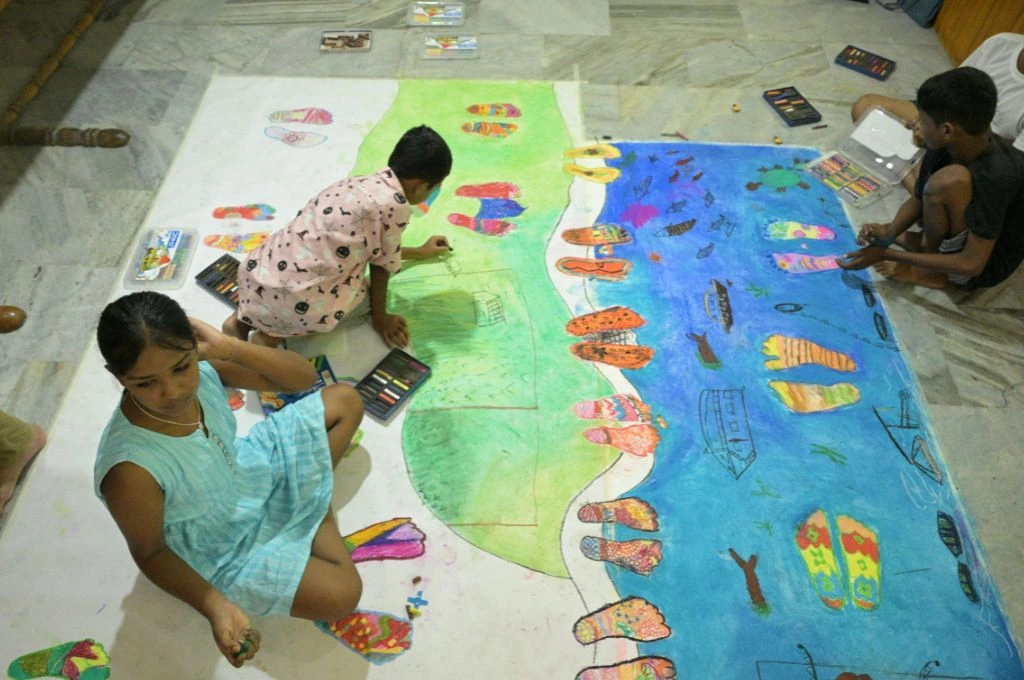
3. The present and past of climate change in Sikkim
In Dzongu Valley, North Sikkim, river activist Gyatso Tongden Lepcha is working on integrating the oral histories of the Lepcha community with present-day stories of climate change to create a record of this age.
In order to do this, we worked out a design for the offline archive with regards to Dzongu. Currently, we are in the process of creating an offline version exclusively for Dzongu that maps all the villages and rivers flowing through the valley. The bilingual Lepcha–English archive will hold oral histories, folklore, cultural rituals, and traditional knowledge systems juxtaposed with stories that document current events and changes pertinent to each village.
Once the preliminary design was in place, Gyatso guided us through the region, introducing us to the residents—each village’s history is unique, and only its inhabitants can determine what is shared. He also records video and audio stories based on pre-discussed themes, and facilitates conversations that deepen our understanding of his community’s struggle to protect their land.
Challenges of co-creation
As expected with a collaborative project, especially one in a difficult geography, we do face roadblocks. The key challenges for us are varied, and include:
1. An erratic climate
Our co-creators are from communities residing in landscapes that bear the brunt of climate change. The seasons are more erratic, human–animal conflict is increasing at an alarming rate, access to places is dangerous and sometimes impossible due to natural disasters. Filming is challenging for us as well as our co-creators, who during the monsoon months grapple with loss of life and land.
For example, in summer 2024, the flooding of the Dibang and Luit rivers in Upper Assam inundated the river island that Dhan Bahadur’s khuti is situated on. For days, Dhan Bahadur and his fellow herders were trapped inside the khuti, unable to step out. Following the floods, Assam experienced unprecedented heatwaves. The searing heat made it difficult for the herders to graze buffaloes, and there were no healthcare facilities in their vicinity. This meant that the filming had to be put on hold in order to allow Dhan Bahadur and his fellow herders to complete their daily tasks without adding on the extra pressure of documentation.
2. Accessibility of design
With the evolution of technology, an additional challenge is to stay up to date and at the same time figure out how to address barriers of access, ownership, data rights, literacy, age, and gender while using the digital realm as a tool to store and disseminate stories in visual and aural forms.
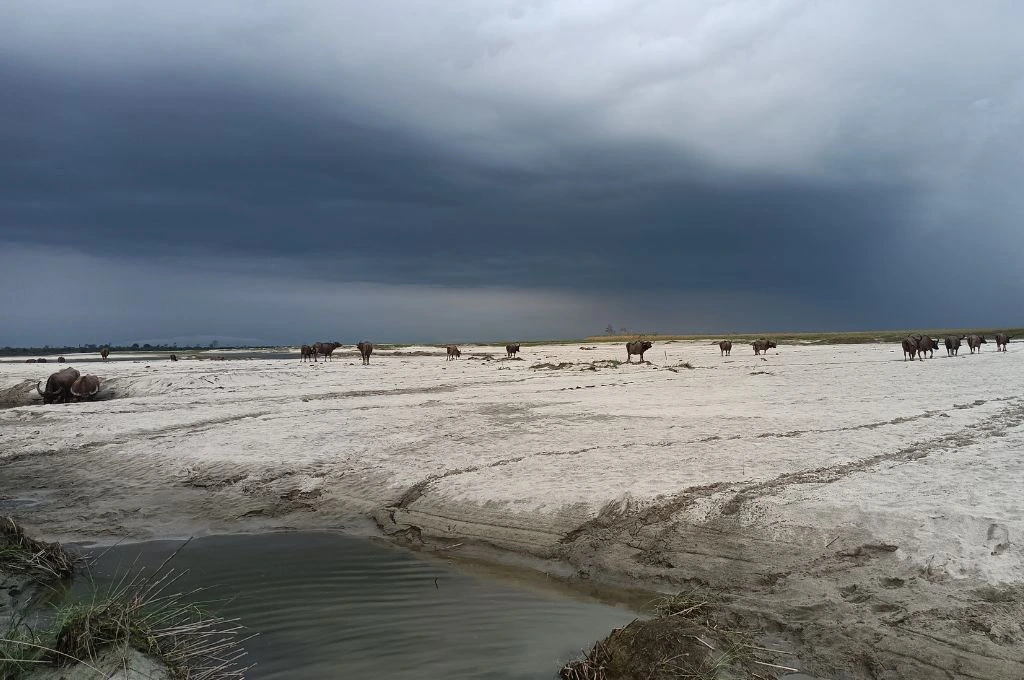
Seemingly innocuous things such as using icons for the application involved us beta-testing it with our co-creators from the communities. We discovered that the meanings of icons are not universal, and to arrive at a set that is understood by the different communities is a constantly evolving process. For example, in Assam, while looking for icons to depict ‘food’, we realised that it would be better to design a wok on firewood rather than a frying pan or a chef’s emoji. Similarly, ‘work’ had to be illustrated as a hammer as opposed to a laptop. ‘Architecture’ became a thatched hut instead of a cement house. ‘Migration’ was depicted using a road and not a plane or a train. For the offline version of the archive for Dzongu, icons will be designed similarly by rooting them in their cultural iconography.
3. The storytellers’ psychological burden
Lack of resources for mental well-being as well as for training that enables community members to document their own stories are two of the other challenges we face constantly. Most of our documenters belong to communities that are near invisible because they live in difficult and inaccessible terrains, and at times basic infrastructure is absent in these areas.
In the process of remembering, retelling, and sharing the impact of climate change, what often remains unacknowledged is the toll of ecological grief coupled with a deep sense of ‘not belonging’. For example, in the khuti, what once used to be a booming dairy business has now dwindled to a few herders living in isolation on river islands trying to make ends meet. Their skill sets are entirely based on the forest landscape they inhabit, surrounded by rivers on all four sides. Their social systems are built to cater to a lifestyle in open spaces away from villages and towns.
Today, most of them have had to assimilate into villages and learn new skills to eke out a living. Their own sense of self and identity, which is intrinsically tied to their profession, no longer holds the same weight. Similarly, in Kolibari, most fisherfolk have had to move away from fishing into jobs that are more land-based. This is because resources are depleting, soil erosion has changed the course of the river, and the aspirations of the younger generation are no longer tied to an intergenerational fishing business.
It is time to explore and examine alternative forms of history that record and re-author the narrative of the current century, making it more inclusive and equitable. In doing so, it is also important to engage in trans-disciplinary collaborations with mental health practitioners, historians, researchers, and more to build the resilience needed to exist in a new, more fragile world.
During the documentation and archiving process, the stories passed down through generations and embedded in the ordinary, daily lives of people are constantly recreated. As individual and collective memory evolves with retelling, so do these stories. And thus, a sense of identity and continuity is maintained. Our hope is that in the years to come, The River Project will be a record of the rivers of Northeast India, one that is created for everyone, by the people who live by them.
Jeeb Das, Dhan Bahadur Pradhan, and Gyatso Tongden Lepcha are co-creators at The River Project.
—
Know more
- Read Danish astronomer Tycho Brahe’s story that inspired The River Project.
- Understand why it is important to digitally conserve Adivasi languages.
Do more
- You can start an archive at your home or in your neighbourhood by using limited resources such as a mobile phone. Here are some tips.




